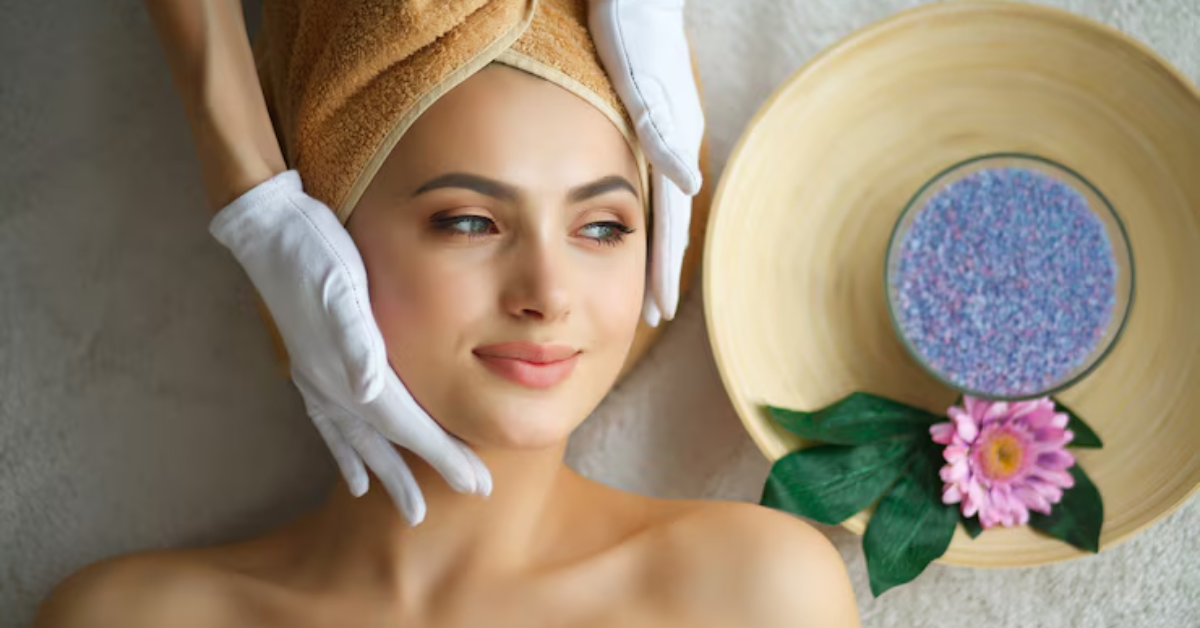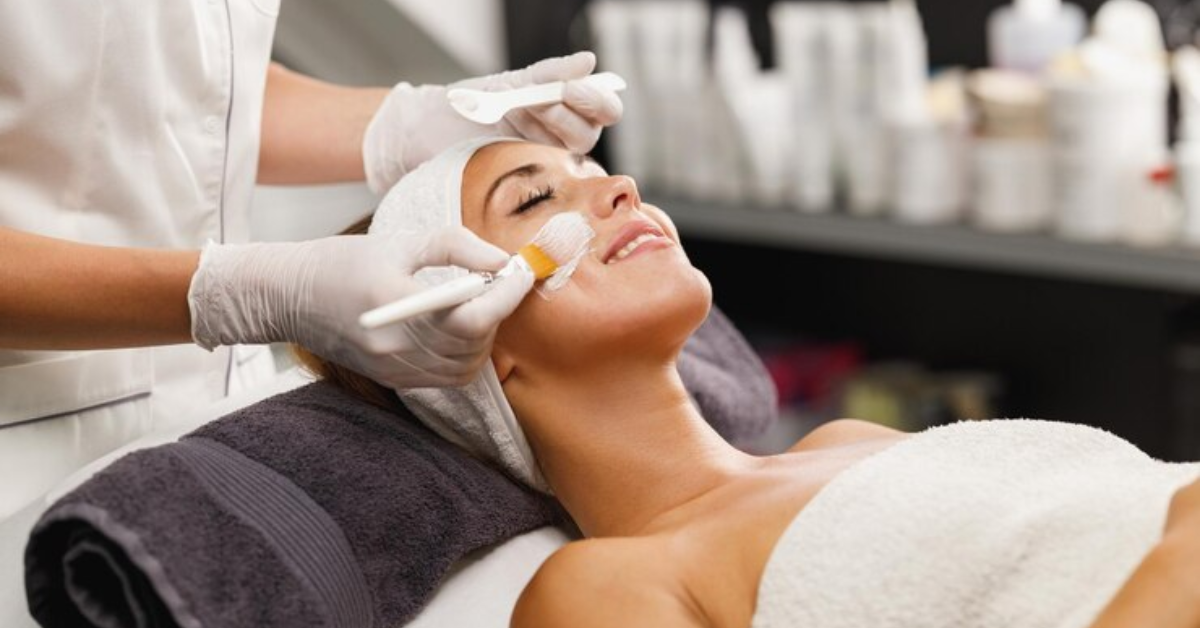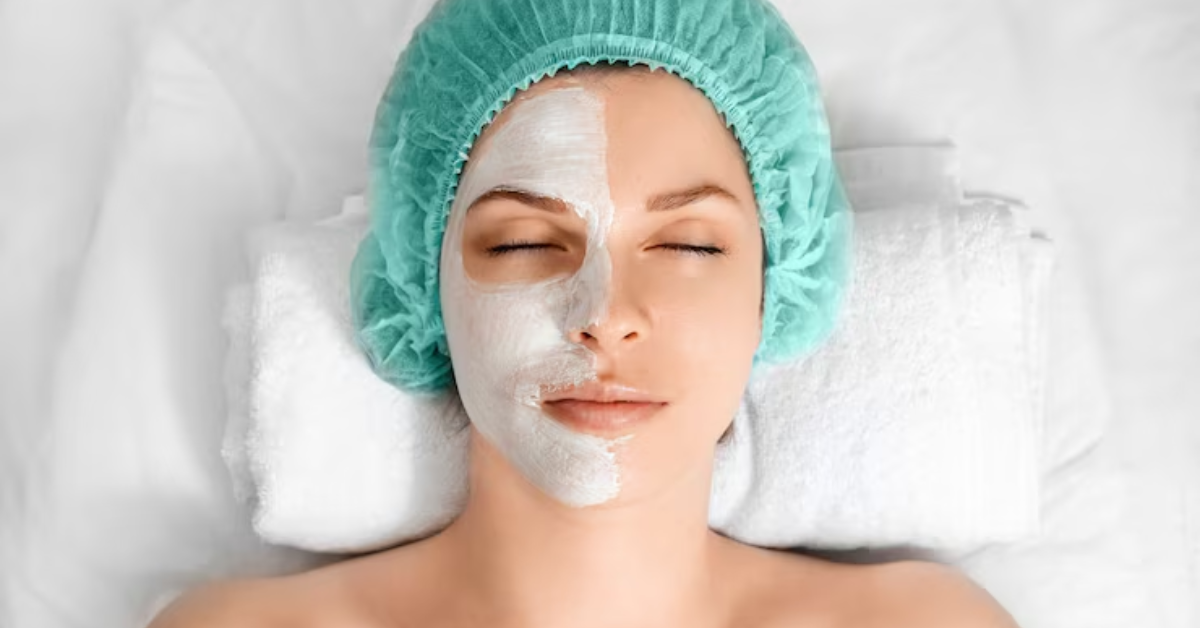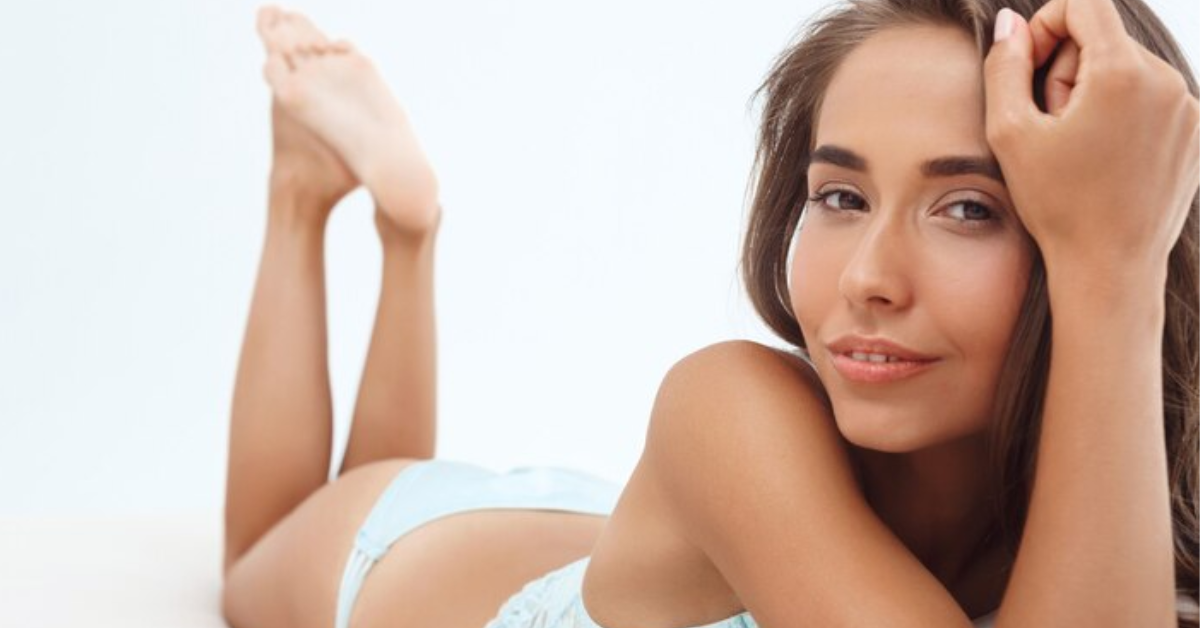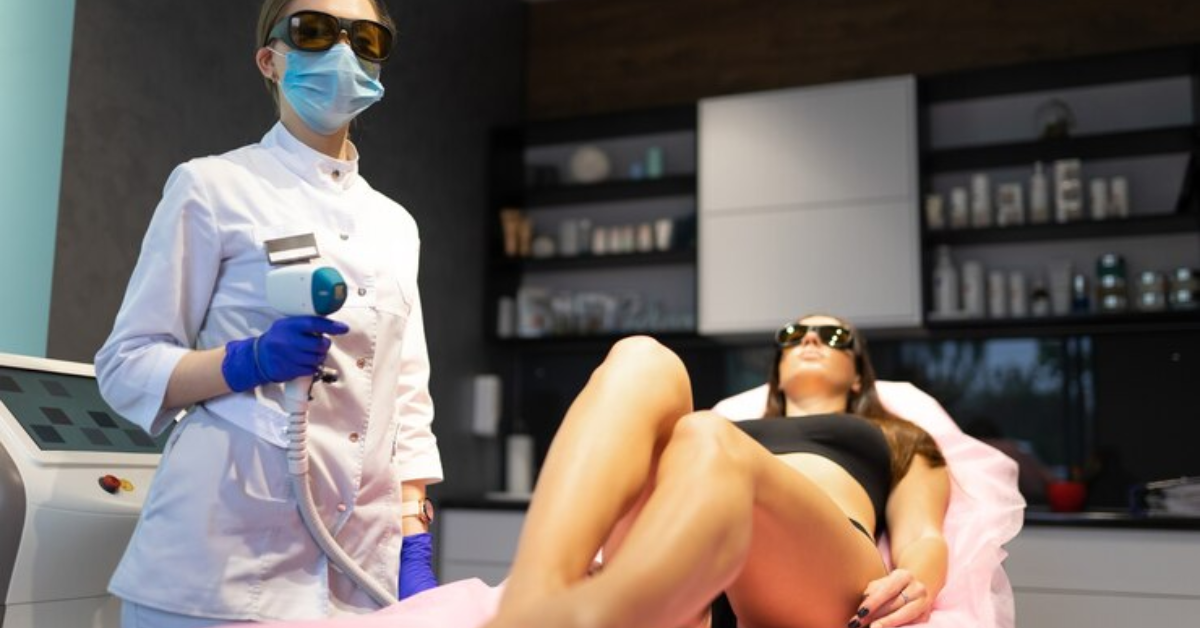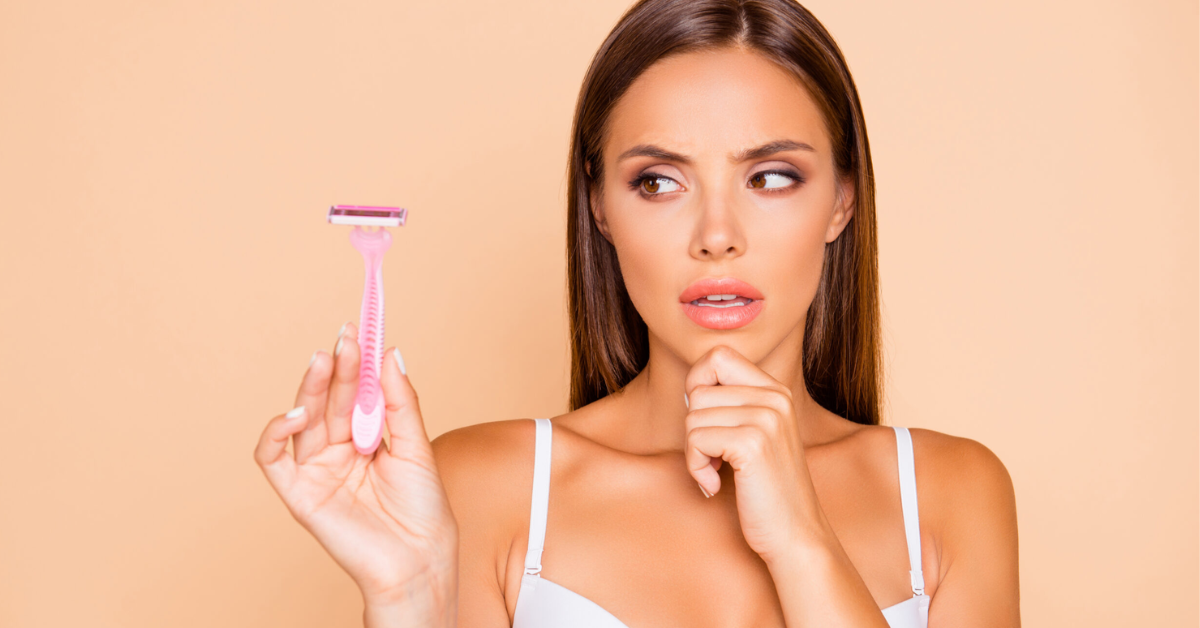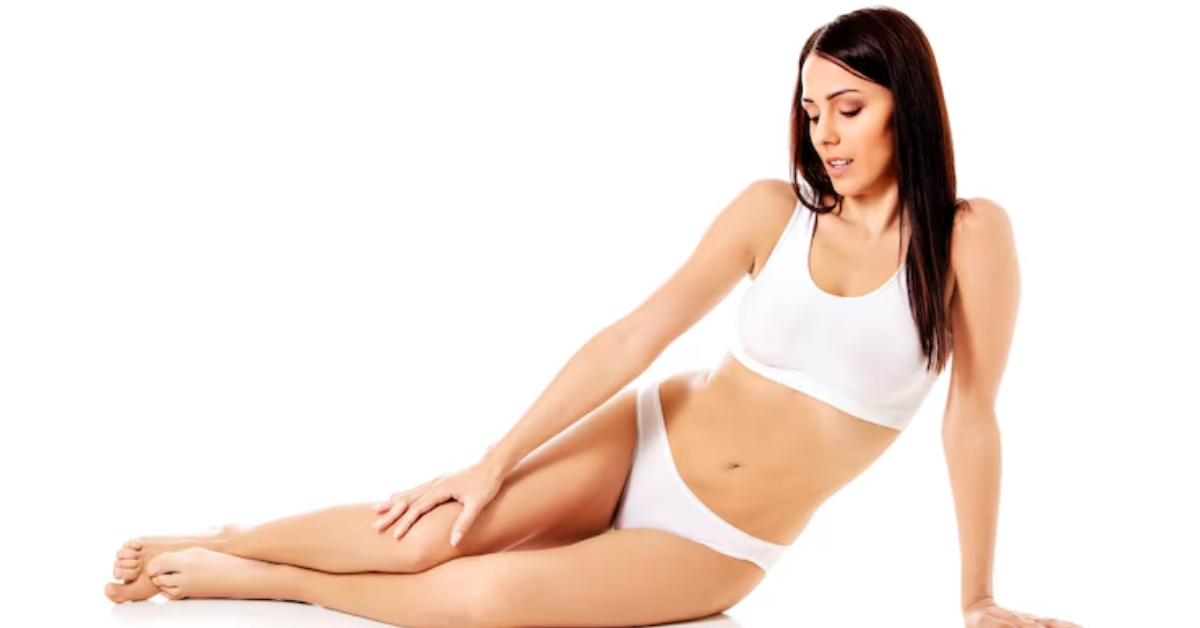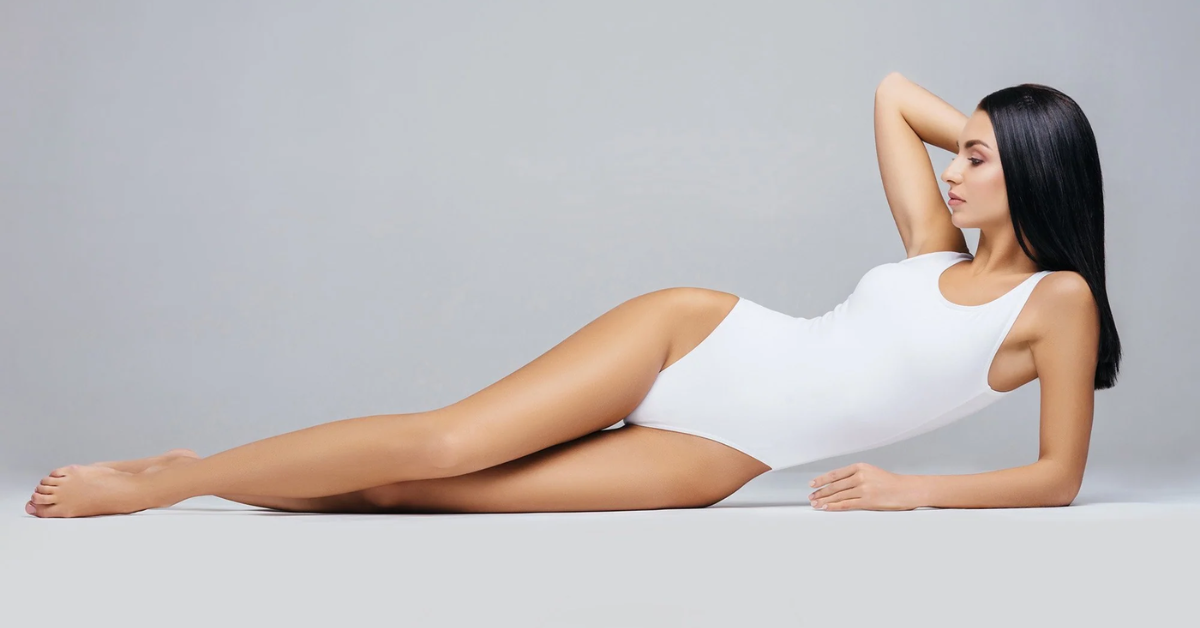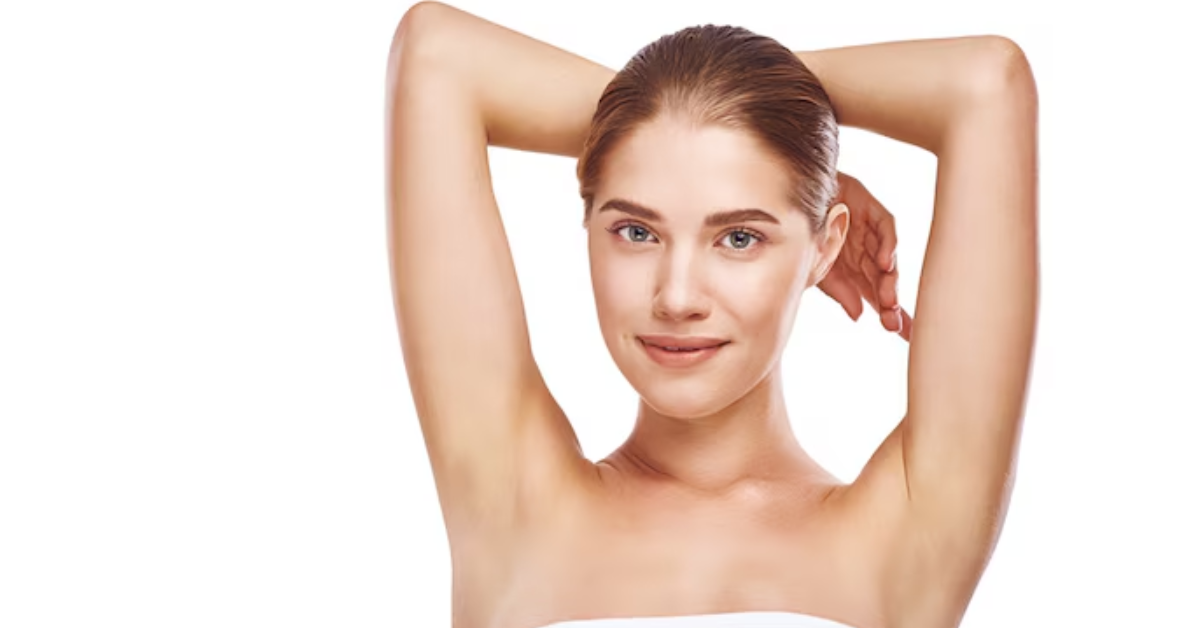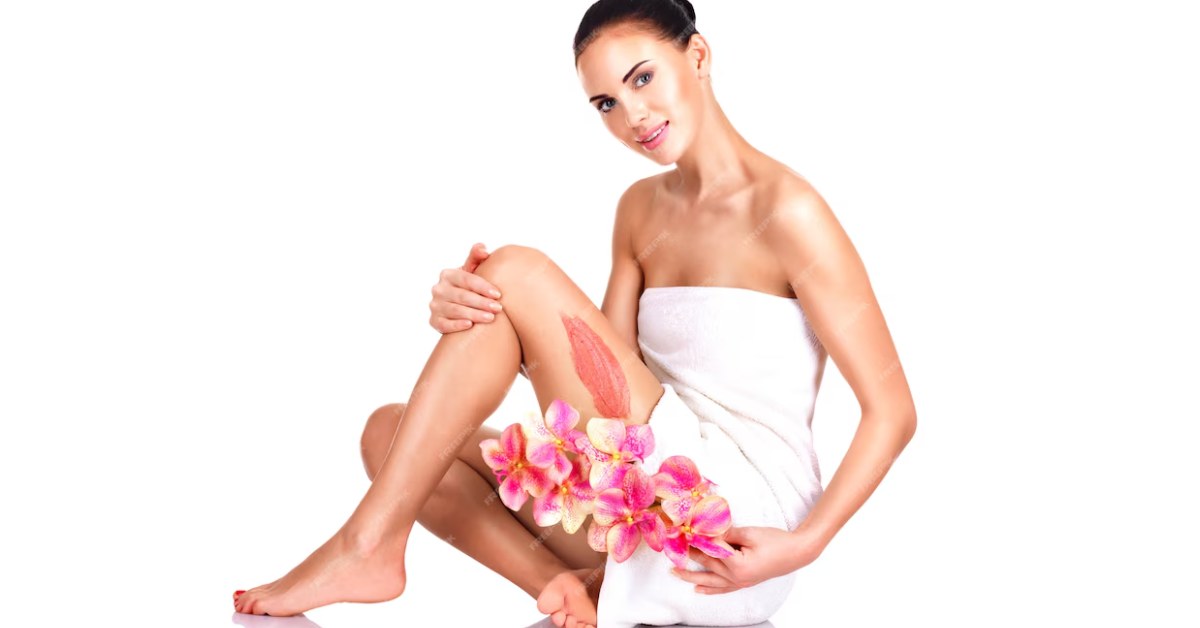What Exactly Is a Facial and How Can It Benefit Your Skin?
Facials have long been revered as a cornerstone of skincare, offering a multitude of benefits for skin health and rejuvenation. But what exactly constitutes a facial, and how can it transform your skin? At its core, a facial is a professional skincare treatment designed to cleanse, exfoliate, hydrate, and nourish the skin on the face, leaving it refreshed, rejuvenated, and radiant. This holistic approach to skincare has deep roots in history, with origins dating back centuries to ancient civilizations such as Egypt, Greece, and China.
Throughout history, various cultures have developed unique facial treatments using natural ingredients and techniques to enhance skin health and beauty. Today, facials have evolved into sophisticated treatments performed by licensed estheticians or skincare professionals using
advanced technologies and techniques tailored to
individual skin types and concerns. As we explore the definition of a facial, learn about its rich historical background, and discover the numerous ways facials can benefit your skin, we will help you achieve a radiant complexion and renewed self-confidence.
The Basics of Facial Treatments
Facial treatments are professional skincare procedures designed to improve the overall health and appearance of the skin on your face. During a typical facial session, several key components are involved to address various skin concerns and promote skin rejuvenation.
Components of a Facial Session
Consultation: A facial usually begins with a consultation where the esthetician or skincare professional assesses your skin type, concerns, and goals. This allows them to customize the treatment to meet your specific needs.
Cleansing: The first step in a facial is thorough cleansing to remove dirt, oil, and impurities from the skin's surface. A gentle cleanser is applied and massaged into the skin to ensure a clean canvas for subsequent treatments.
Steam: Many facials include the use of steam to open up the pores and soften the skin. This helps to facilitate the extraction of blackheads and other impurities, as well as prepare the skin for deeper treatments.
Exfoliation: Exfoliation is an essential part of facial treatments, as it helps to slough off dead skin cells and reveal smoother, brighter skin underneath. This can be done using physical exfoliants such as scrubs or chemical exfoliants like alpha hydroxy acids (AHAs) and beta hydroxy acids (BHAs).
Extraction (Optional): For those with congested or acne-prone skin, extraction may be performed to remove blackheads, whiteheads, and other impurities from the pores. This step should only be done by trained professionals to avoid skin damage or infection.
Treatment Masks: Facial masks are applied to address specific skin concerns such as hydration, acne, or aging. These masks contain active ingredients that penetrate the skin to deliver targeted benefits, leaving the skin refreshed and revitalized.
Massage: Facial massage is not only relaxing but also helps to improve circulation, promote lymphatic drainage, and reduce tension in facial muscles. This can help to improve the overall tone and texture of the skin, as well as enhance the absorption of skincare products.
Serum and Moisturizer: To finish off the treatment, a serum and moisturizer are applied to nourish and protect the skin. These products contain potent ingredients such as antioxidants, vitamins, and peptides to hydrate, repair, and rejuvenate the skin.
Benefits of Facials for Skin Health
Cleansing and Purifying the Skin:
- Facials thoroughly cleanse the skin, removing dirt, oil, and impurities that can clog pores and lead to breakouts.
- Deep cleansing helps to prevent acne and promote a clearer, more radiant complexion.
Exfoliation and Removal of Dead Skin Cells:
- Exfoliation removes dead skin cells from the surface of the skin, revealing smoother, brighter skin underneath.
- Regular exfoliation can improve skin texture, reduce dullness, and minimize the appearance of fine lines and wrinkles.
Hydration and Moisturization:
- Facial treatments often include hydrating masks and moisturizers that replenish moisture levels in the skin.
- Hydration helps to restore the skin's natural barrier function, preventing dryness, flakiness, and irritation.
Stimulating Circulation and Cell Renewal:
- Facial massage and steam therapy improve blood circulation, delivering oxygen and nutrients to the skin cells.
- Enhanced circulation promotes cell renewal, collagen production, and overall skin health.
Targeting Specific Skin Concerns (e.g., Acne, Aging, Hyperpigmentation):
- Many facials are tailored to address specific skin concerns such as acne, aging, and hyperpigmentation.
- Targeted treatments can help to reduce inflammation, fade dark spots, and improve the appearance of fine lines and wrinkles.
Understanding Different Types of Facials
Facials come in various types, each tailored to address specific skin concerns and deliver targeted benefits. Here's a comprehensive look at some of the most common types of facials:
Basic Facials:
Basic facials are ideal for those looking for a simple yet effective skincare treatment. These facials typically include cleansing, exfoliation, steam, extraction (if needed), mask, and moisturizer. They are suitable for all skin types and help to maintain healthy, balanced skin by removing impurities, unclogging pores, and promoting hydration.
Deep-Cleansing Facials:
Deep-cleansing facials are designed to thoroughly cleanse and detoxify the skin, making them ideal for those with oily or congested skin. These facials often include a combination of deep cleansing techniques such as steam, exfoliation, and extraction to remove stubborn impurities, blackheads, and excess oil. They help to unclog pores, reduce acne breakouts, and promote a clearer, more refined complexion.
Hydrating Facials:
Hydrating facials are specially formulated to replenish moisture levels in the skin, making them perfect for those with dry, dehydrated, or sensitive skin. These facials typically include hydrating masks, serums, and moisturizers enriched with ingredients like hyaluronic acid, aloe vera, and glycerin to nourish and soothe the skin. They help to restore moisture balance, improve skin texture, and alleviate dryness and irritation.
Anti-Aging Facials:
Anti-aging facials target the signs of aging such as fine lines, wrinkles, and loss of elasticity, making them ideal for mature or aging skin. These facials often incorporate ingredients and techniques that stimulate collagen production, promote cell renewal, and improve skin firmness and elasticity. They may include anti-aging serums, peptides, antioxidants, and collagen-boosting treatments to rejuvenate and revitalize the skin, resulting in a more youthful and radiant complexion.
Specialty Facials (e.g., Chemical Peels, Microdermabrasion, LED Therapy)
Specialty facials encompass a range of advanced skincare treatments designed to address specific skin concerns or achieve targeted results. Some examples include:
Chemical Peels: Chemical peels use exfoliating acids such as glycolic acid, salicylic acid, or lactic acid to remove the outer layer of dead skin cells, revealing smoother, more evenly toned skin underneath. They help to improve skin texture, reduce hyperpigmentation, and minimize the appearance of fine lines and wrinkles.
Microdermabrasion: Microdermabrasion is a mechanical exfoliation technique that uses a handheld device to buff away dead skin cells and stimulate cell renewal. It helps to improve skin texture, reduce the appearance of pores, and promote a brighter, more radiant complexion.
LED Therapy: LED therapy utilizes specific wavelengths of light to target various skin concerns such as acne, inflammation, and signs of aging. Different colored lights have different therapeutic effects, with red light promoting collagen production, blue light targeting acne-causing bacteria, and amber light reducing inflammation and promoting healing.
Tips for Maximizing the Benefits of Your Facial
To maximize the benefits of your facial and prolong the results, consider the following tips for pre-facial preparation, post-facial care, and ongoing skincare maintenance:
Pre-Facial Preparation:
- Cleanse your skin thoroughly before your facial appointment to remove any makeup, dirt, or impurities.
- Avoid excessive sun exposure and tanning beds in the days leading up to your facial, as sunburned or irritated skin may be more sensitive during treatment.
- Communicate any specific concerns or treatment preferences with your esthetician during the consultation to ensure a personalized and effective facial experience.
Post-Facial Care and Maintenance:
- After your facial, follow any post-care instructions provided by your esthetician, such as avoiding harsh skincare products, exfoliation, or prolonged sun exposure.
- Hydrate your skin by drinking plenty of water and applying a moisturizer to lock in moisture and soothe any post-treatment redness or irritation.
- Protect your skin from UV damage by applying a broad-spectrum sunscreen with SPF 30 or higher daily, even on cloudy days or indoors.
Following Up with Recommended Skincare Regimens:
- Incorporate recommended skincare products and regimens into your daily routine to maintain the results of your facial and support overall skin health.
- Schedule regular follow-up appointments or treatments as recommended by your esthetician to address ongoing skin concerns and ensure long-term improvement and maintenance.
Potential Risks and Side Effects
Facials, while generally safe and beneficial, carry certain potential risks and side effects that individuals should be aware of. These effects can range from common, mild reactions to more rare, severe complications. It's essential to understand these risks before undergoing a facial treatment to ensure a safe and positive experience.
Common Side Effects of Facials
After receiving a facial, it is not uncommon to experience some mild side effects. These may include temporary redness, sensitivity, or even minor breakouts. These reactions typically subside within a few hours to a day after the treatment and are considered normal responses as the skin adjusts to the cleansing and rejuvenating effects of the facial.
Rare Risks and Precautions to Consider
While rare, there are potential risks and complications associated with facials that individuals should be aware of. Allergic reactions to skincare products or ingredients used during the facial can occur, resulting in symptoms such as itching, swelling, or rash. Additionally, poor hygiene practices or improper sterilization of tools and equipment can increase the risk of bacterial or fungal infections. Individuals with certain medical conditions, such as rosacea or eczema, should exercise caution and consult with their healthcare provider before undergoing facial treatments to ensure compatibility and minimize potential risks.
When to Consult a Professional
If individuals experience persistent or severe redness, swelling, itching, or other adverse reactions after a facial, it is advisable to consult a dermatologist or healthcare professional for evaluation and treatment. Furthermore, those with underlying medical conditions or concerns should seek guidance from a professional before undergoing facial treatments to ensure safety and efficacy. Individuals can minimize the likelihood of adverse reactions or complications associated with facials by understanding the potential risks and seeking professional advice when necessary.
Conclusion
Regular facials offer numerous benefits for maintaining healthy, radiant skin. Throughout this discussion, we've highlighted key points regarding the potential risks and side effects of facials, common side effects, rare risks, and precautions to consider, as well as when to consult a professional. Despite potential risks, the importance of regular facials cannot be overstated. These treatments not only address specific skin concerns but also promote overall skin health and rejuvenation. Individuals can boost their confidence and well-being by incorporating facials into their skincare routines, resulting in clearer, smoother, and more radiant skin.
BOOK YOUR FREE SESSION
We will get back to you as soon as possible
Please try again later
-
Locations
- Laser hair removal fort lauderdale
- Laser hair removal Hollywood
- Laser hair removal Pompano Beach
- Laser hair removal Pembroke Pines
- Laser hair removal Dania
- Laser hair removal Coral Springs
- Laser hair removal Margate
- Laser hair removal Coconut Creek
- Laser hair removal Deerfield Beach
- Laser hair removal Hallandale
- Laser Hair Removal Cooper city
- Laser hair removal davie
© 2021 Huggie Beauty Developed by LocalOptimize.co - All Rights Reserved

